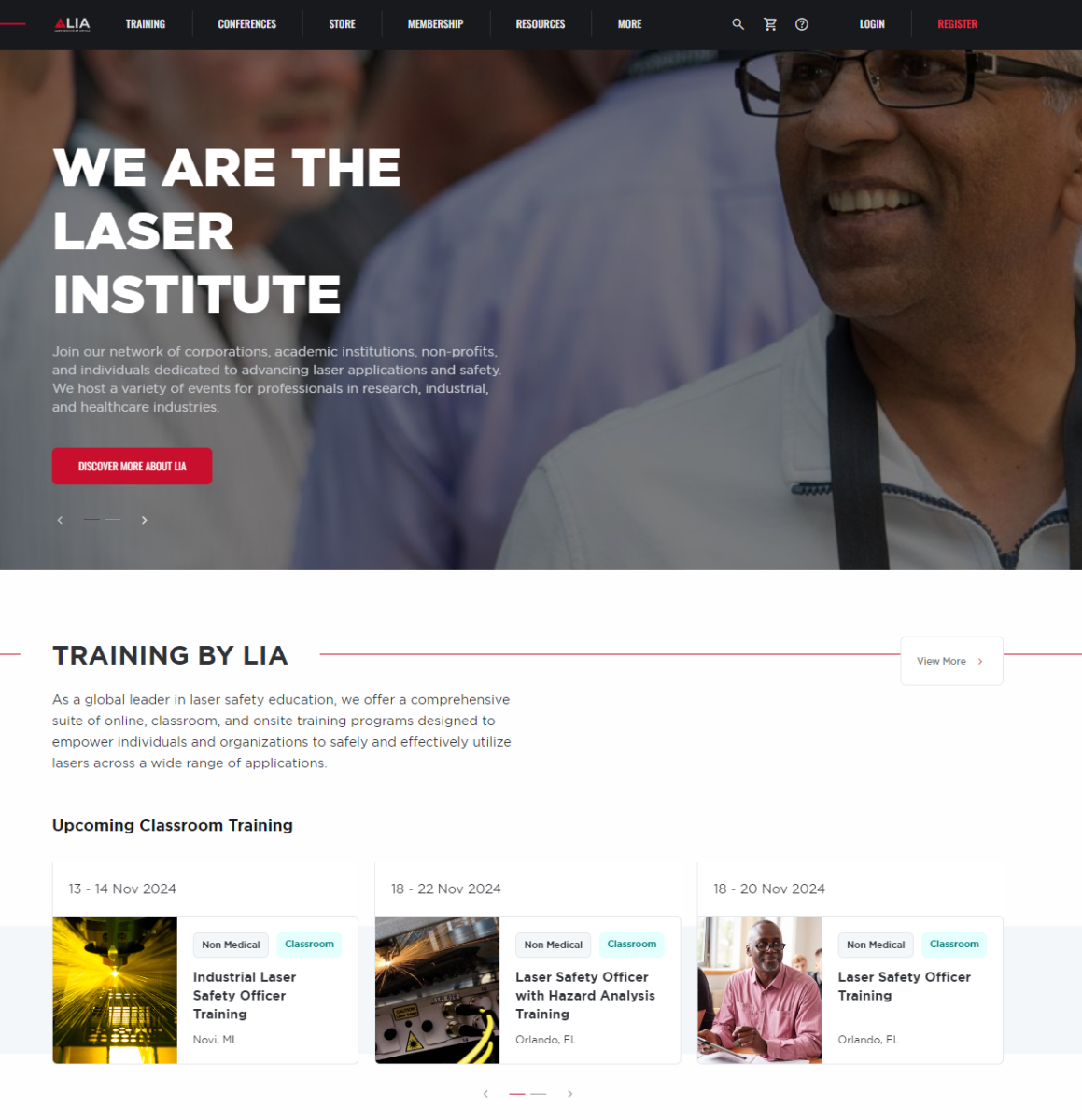Product Code: JLA_18_1_65
Authors:
Waheed Ul Haq Syed
Andrew J. Pinkerton
Lin Li
Laser Processing Research Centre, School of Mechanical, Aerospace and Civil Engineering, The University of Manchester, Sackville Street Building, Manchester M60 1QD, United Kingdom
Many direct laser deposition processes utilize metallic powders to obtain near net shape objects. Wire feeding has also been used in many laser-cladding and other material-addition applications. Each feeding method has its own advantages and disadvantages: wire feeding laser deposition typically has higher deposition rate and higher material usage rate than the powder feeding deposition process, while powder feeding gives better geometry control. In this study a new approach is investigated by combining wire and powder feeding to achieve higher build rate and higher material usage efficiency while maintaining the geometry accuracy. Multilayer parts are produced from 316L stainless steel by powder feeding, wire feeding, and the combined process, together with a diode laser at powers of between 1 and 1.5 kW. The tracks are compared and the results analyzed in terms of deposition efficiency, surface roughness, and microstructure. Results show that by combining wire and powder an increased overall deposition rate can be achieved. Sample surface roughness is increased, but remains constant for all the calculated parameters, and microstructure remains essentially the same for all three deposition methods. The differences between the processes and reasons for the final sample characteristics are discussed.

$25.00
Members: $25.00
Note: When applicable, multiple quantity discounts are applied once the items are added to your cart.

